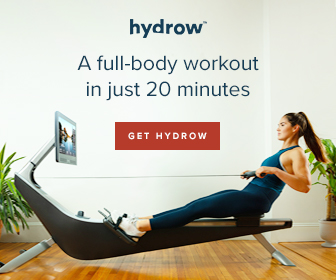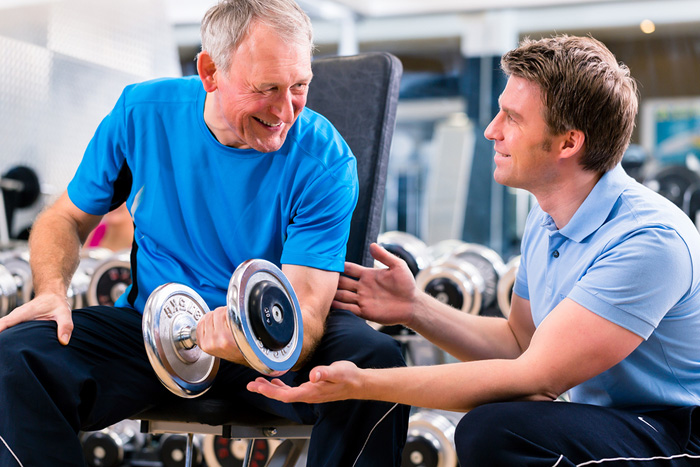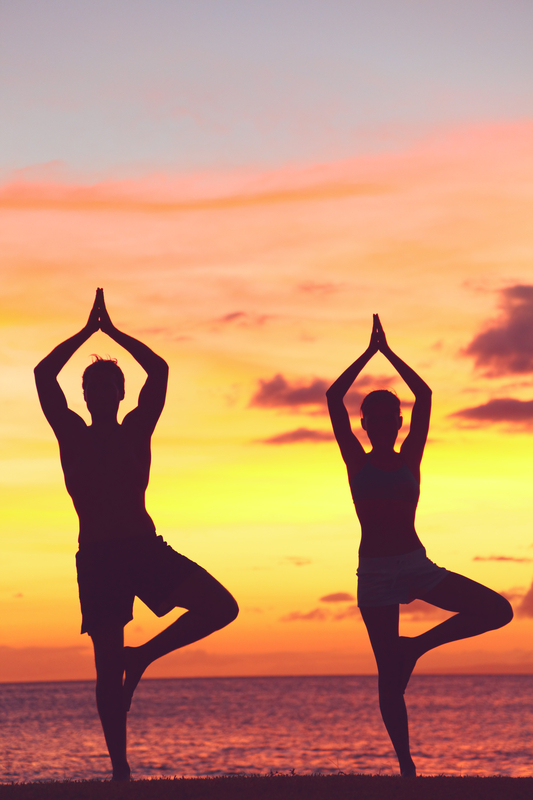Why HIIT Workouts Are Great for Seniors
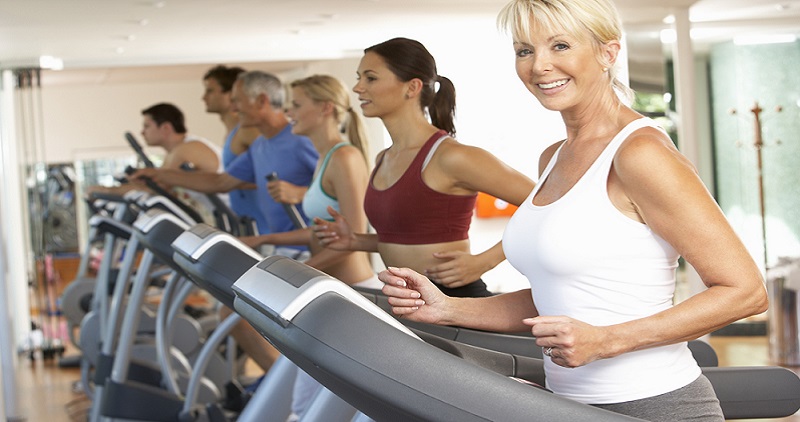
HIIT stands for high-intensity interval training. Any workout that rotates between bursts of intense movement and periods of less strenuous movement could qualify as HIIT workouts.
The simplest version of a HIIT workout is the run/walk. This is how most beginning runners build their stamina when starting out. You run or jog for a short period of time and then walk for a set period of time. For instance, you may start out rotating 30-second bursts of running with five-minute walk periods. Over time, you would increase the run time while shortening the walk time until you can run for a full 20 minutes or longer.
You can create a HIIT workout by combining any movement that requires a lot of force and energy with a movement that is easier to perform. For instance, the next time you go out for a walk, try stopping every five or 10 minutes to jump up and down, do jumping jacks, or do a series of fast high knees. Your heart rate will jump up during the short bursts of intense activity, but you get a chance to recover in between.
Benefits of HIIT Workouts
Regardless of your age, the benefits of HIIT exercises are quite impressive:
- Suitable for strength and cardiovascular training
- Improves blood pressure
- Maximizes calorie burn
- Extended calorie burn after the workout
- Potentially lowers blood sugar
HIIT Benefits for Seniors
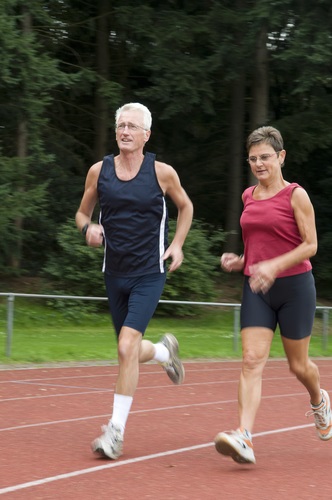
Another benefit of HIIT training is the adaptability. There are endless movement combinations, and you can easily tailor the workout to your level of physical fitness. Many fitness classes and workout DVDs are now based on the concept of HIIT, and that includes workouts designed for seniors.
Some research suggests that HIIT has anti-aging benefits for older adults. Scientists detected changes at the cellular level after practicing HIIT training for just 12 weeks. Specifically, the cells were better able to pull in oxygen and generate energy after going through three months of HIIT exercise.
Research has also shown that HIIT routines can improve memory and lung health while reducing the risk of developing Parkinson’s Disease, diabetes and other conditions that are common among older people in our modern world.
Short Durations are Adequate
The fact that these workouts don’t need to go on for hours is another benefit for seniors. Those short bursts of energetic movement increase the calorie burn in a short period of time, and you may improve your strength without going through a long weightlifting routine.
A good HIIT workout is often 30-45 minutes long, but research has shown that there are health benefits even if you only sustain the routine for 15 or 20 minutes. If you have a bit of time and know how to combine movements to create those bursts of high energy and periods of low energy, you can create these workouts on the fly. These are workouts that will deliver results, especially if you complete them at least several times each week.
Getting Started with HIIT Workouts
The goal of HIIT training is to fully exert all of your energy to exhaustion during those short bursts of intense activity. How hard you push during those bursts of activity depends on your current level of physical fitness. This is a personal issue, so listen to your body when determining how long you can sustain this type of training.
Take full advantage of your recovery periods so that you’re ready to push to the limit again when the next high-energy burst comes around. If you don’t feel comfortable doing this type of exercise alone, look for senior fitness classes in your area or buy workout videos online.
|
|
|
|
More Topics That May Interest You
Some of the advertisers on my website are affiliate partners, which means that I may receive a small commission from any sale, at no extra cost to you.
For example, the Amazon affiliate advertising program is designed to provide a means for sites to earn fees by advertising and linking to amazon.com.
Your tips and purchases help to support this free-information website.
Thank you.
The content of this website is for informational purposes only and not intended to be taken as a replacement for professional medical advice, care, diagnosis or treatment by a doctor, dietitian, physical therapist, nutritionist or fitness instructor.
DO NOT BEGIN ANY EXERCISE PROGRAM WITHOUT CHECKING WITH YOUR DOCTOR FOR UNDERLYING CONDITIONS THAT MAY PREVENT YOU FROM DOING SO.
